Marwa al-Sabouni’s recent book on her experience as a young architect in Syria provides fascinating insights into the past, as well as current and future life in war-torn Syria. Although I have not been to Syria, the brave questions and reflections al-Sabouni poses resonate with me as they have resonated with others, both as a city planner and a concerned citizen of the Middle East and the world. In this article, I aim to summarise some of the key questions raised and explore how they relate to the wider region and the world. Similar to al-Sabouni, my focus will be not on the details of the political situation but on its overall context and drivers, and their implications for cities and, most importantly, the people within them.
How does the concept of “home” influence national and regional policy and planning? And are the cities we are building to house urban migrants providing shelters, or “homes”?
Is it too late to preserve the old?
In her second chapter, al-Sabouni provides a case study of Old Homs and the transformations it has seen, both before and during the war. She emphasizes the relationship between the built environment and the social fabric of the old city: “…mixed use, mixed origins, and mixed religions” (p.31), a description that holds true for many of the old cities of the Middle East. She describes the architecture of the old city—the courtyard homes, the distinctive building materials, the humble and harmonious proportions and scales even for important religious buildings, such as the Khalid Ibn Al-Walid Mosque and the Church of St. Mary of the Holy Belt (reportedly the oldest church ever built).
Al-Sabouni laments the lack of appreciation for the treasures of the old city and its way of life. Even as a fourth-year architectural student undertaking an urban planning assignment, she writes, she had no appreciation for the old city’s built environment; rather, she saw it as “unimpressive and disorganized” (p.38). Only later did she realize that she simply did not understand it at the time, and that was because no one had taught her any differently. Al-Sabouni and her classmates were asked to develop ideas to “impose a measure of order on the chaos” (p.38); their proposals focused on the use of stereotypical architectural elements (arches, mashrabiya, etc.) that reflected a shallow understanding of the relationships, identities, and intricacies of planning in the old city. What hope do we have of truly preserving the old in our cities, in form and spirit, if the best of our locally trained students are not taught to have a real appreciation of it?
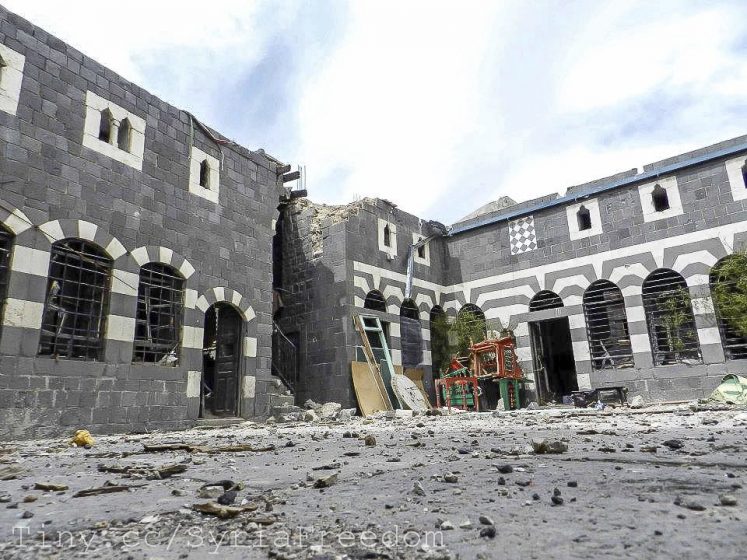
Al-Sabouni describes the sad condition of Old Homs even before the war broke out: crumbling old buildings adjacent to new concrete blocks and tall towers, dysfunctional streets and spaces, a complete lack of harmony and sense of place. This state of chaos was largely due to “upgrades” carried out in the last few decades. Not only did these “upgrades” degrade the physical environment, they caused the city’s communities to lose their sense of belonging and the social fabric that held them together, creating ripe ground for the division and animosity to come during the civil war. During the war, Old Homs was completely destroyed, inadvertently unearthing layers of ancient buildings and archeological treasures.
While it may be too late to rescue Old Homs, there are tens of cities around the region (virtually every city in the Levant, for example) which could benefit socially, culturally, and economically from a better understanding of “the old”, even if only as an essential step towards developing a grounded and functioning “new”. How can we better understand and inform current and future generations of the treasures within these old cities? I am referring here to the built environmental treasures, but also to the culture and harmonious social fabric which they foster. How can we preserve the best of these elements in a way that supports, rather than stifles, the development of each city’s future, including its own way of life and identity?
How can we integrate newcomers?
Looking beyond the old city, al-Sabouni tackles the global issue of migration from a local perspective. Both Homs and Damascus experienced a surge of newcomers in the past few decades leading to urban expansion; however, this impacted each city differently. Al-Sabouni explores why sectarian animosity is a far greater motivation for violence in the former compared to the latter. Her conclusions are relevant to cities around the world facing the challenge of integrating immigrants, be they local or international.
Despite its status as a major city, Homs was previously more of a large village with a closed community. Within that community, people of various religions, ethnicities, and socioeconomic classes lived harmoniously as one. In al-Sabouni’s words, they moved beyond “coexistence” to “one existence”. This was facilitated both by the “generous” built environment whereby the drinking water fountains, street benches, shading trees, and open houses of worship created a strong shared experience and sense of belonging. It was also facilitated by the city’s dominant economy: trade, which provided an opportunity for close social interaction and exchange of goods and ideas. Successfully running a shop in the city’s market required particular people skills and market ethics: ones which the “city’s sons” picked up naturally and the newcomers from farming villages had no chance of instantly grasping.
As such, internal migrants from nearby villages over the past 50 years tended to settle outside the city center, integrating neither into the built environment nor into the main economic cycle. Entire residential suburbs were carelessly built outside Homs for specific socioeconomic groups. This segregated urban existence left no room for a shared experience and instead cultivated an identity of difference. Damascus, conversely, being a capital city already accustomed to a larger diversity of residents and economic activities, did not witness the same level of community segregation.
What would have happened if the residential expansion within Homs had been planned differently, with the promotion of social harmony as a main objective? The influx of newcomers was at a previously unprecedented scale, and thus the “large village” could not organically adapt to them How many of our major cities around the world are in fact large villages, entirely unprepared for the scale and type of migration we face today? In such instances, what interventions can be put in place to strengthen both the social and moral fabric of the city, while providing the necessary infrastructure for the newcomers? Providing housing and job opportunities within the city for newcomers is the lesson learnt from Homs. Moreover, public spaces and civic facilities which encourage community interaction and foster a collective sense of identity can play a role in opening up “large villages”.
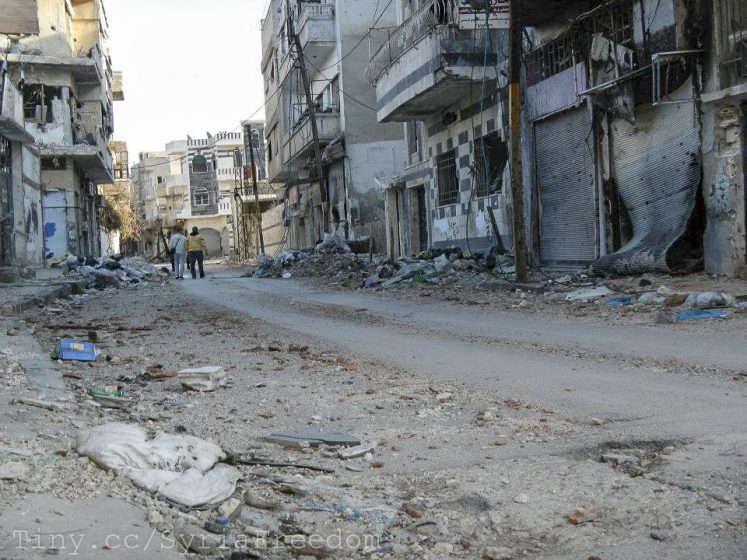
How can one create “home”?
Moving into the personal scale, al-Sabouni explores the concept of “home” in modern Syrian culture. She describes home ownership as “the eternal dream of every Syrian before the war” and a “guarantee of existence” (p. 116). It is not an easily attainable dream, with many highly-educated professionals working away their lives in the hope of one day saving enough to buy a home. And it gets worse.—the homes that people are finally able to afford are likely to be small apartments in badly-built concrete towers in remote areas, with no infrastructure or sense of place, let alone sense of home or belonging. It is no wonder, then, that 23 percent of these units are vacant, despite 50 percent of the total population living in slums and informal housing (p.118).
These “social housing” projects are the fruit of a series of five-year government plans intended to meet the ever-increasing housing demand. Yet these plans lack a clear urban vision and are delivered through corrupt partnerships at every level of the supply chain. As an architect herself, al-Sabouni wonders how an architect can begin to influence such a situation. Moreover, how can an architect who has never experienced “home” create one?
The meaning of home has further evolved during the recent conflict to include “temporary” shelters, many of which have turned into permanent homes. Whether previously a school or a collection of unfinished concrete blocks, these shelters—largely unfit even for temporary purposes—have now become “home” for a new generation of Syrians. Al-Sabouni argues that in this long process of losing “home”, Syrians have also lost their accomplishments and identities.
Looking beyond Syria, how does the concept of “home” influence national and regional policy and planning? For instance, in measuring progress, should we be measuring the number of dwellings or homes, and what is the difference? How will the absence of “home” for millions of displaced people around the world influence the way they view themselves and interact with their societies and surroundings? Are the cities we are building to house the next influxes of urban migrants providing shelters (temporary or permanent), or homes? The first step in addressing these questions, in my view, is to move the focus from housing provision to community creation. Isolated and segregated housing projects are simply not fit-for-purpose in a globalized world, regardless of the population they are intended to house. Planning for generous and diverse cities is the way forward.
Huda Shaka
Dubai


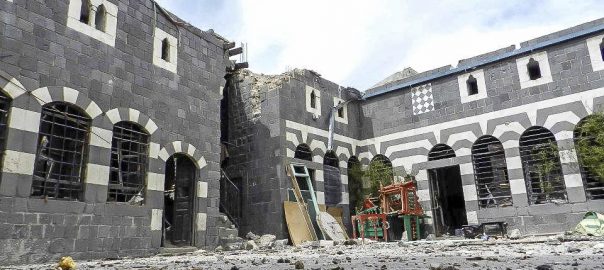
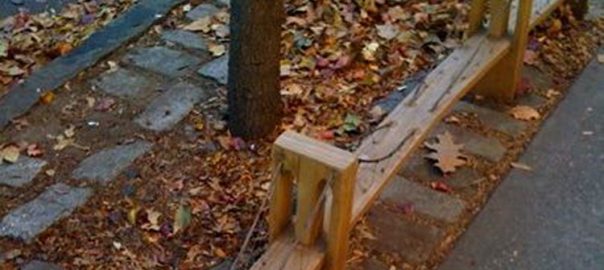
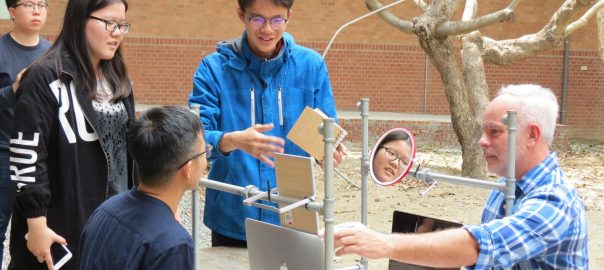
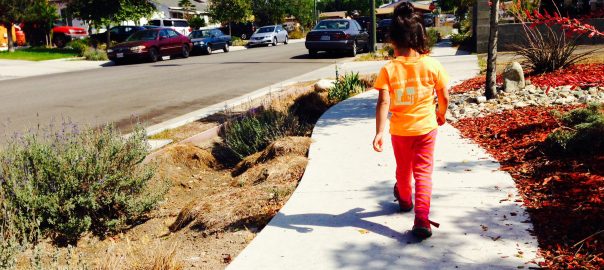

Leave a Reply